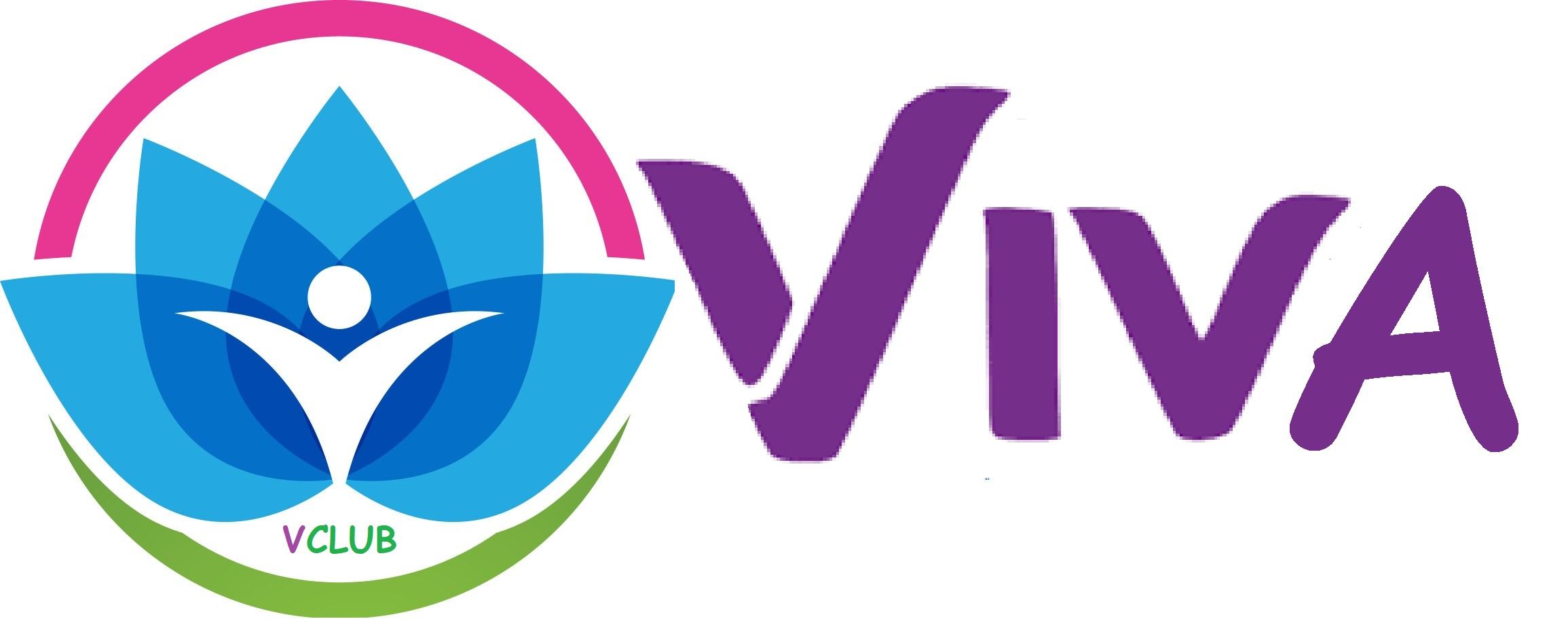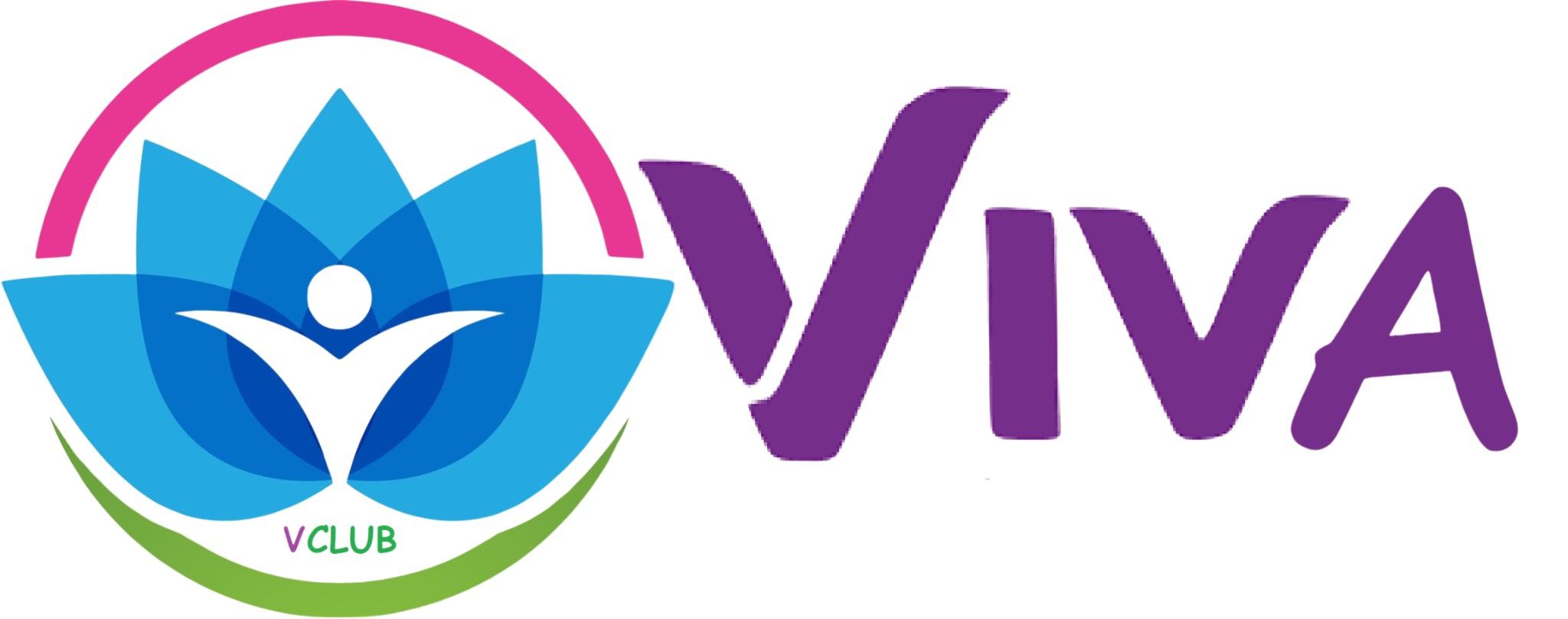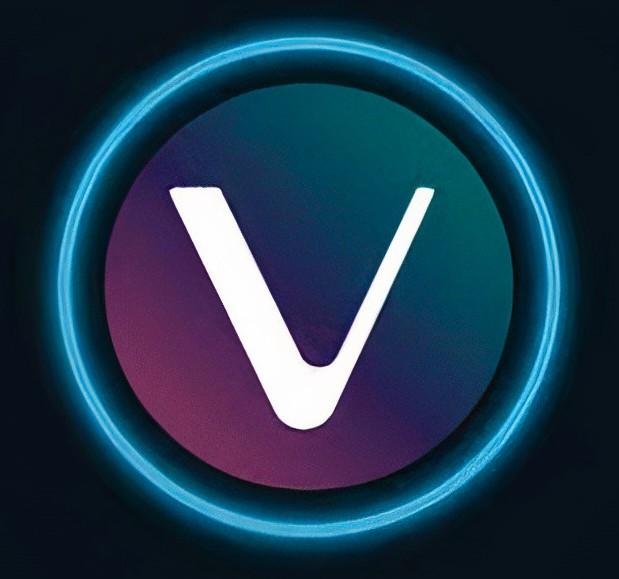Non Mydriatic Fundus Camera Market Share: Advancing Eye Care Diagnostics
The Non Mydriatic Fundus Camera Market Share is witnessing significant growth as healthcare providers increasingly adopt non-invasive imaging technologies for early detection and management of retinal diseases. Non mydriatic fundus cameras allow detailed imaging of the retina without the need for pupil dilation, making eye examinations faster, more comfortable, and more efficient.
Key Drivers of Market Growth
The rising prevalence of eye disorders, coupled with increasing awareness about early diagnosis, is driving the adoption of non mydriatic fundus cameras. Hospitals, clinics, and diagnostic centers are investing in advanced retinal imaging systems to enhance patient care and streamline ophthalmic workflows. Integration with complementary technologies, such as the Set-Top Box (STB) Market, is enabling better data visualization and storage for telemedicine and remote consultations.
Furthermore, innovations in healthcare finance and accessibility, highlighted by the UK Fuel Card Market, are supporting mobile diagnostic services and outreach programs, making advanced eye care more widely available.
Market Opportunities and Trends
Manufacturers are focusing on enhancing image quality, portability, and ease of use for fundus cameras. The rise of viva camera technology and integration with AI-driven analysis software is improving diagnostic accuracy and workflow efficiency. Teleophthalmology services and portable fundus cameras are enabling remote screening, particularly in underserved regions.
The market outlook indicates sustained growth as healthcare providers prioritize early diagnosis and patient-friendly solutions. Emerging trends include AI-based image analysis, cloud storage integration, and mobile fundus camera units for outreach programs and community health screenings.
Future Outlook
The future of the non mydriatic fundus camera market is promising, driven by technological advancements, increasing prevalence of retinal diseases, and growing adoption of telemedicine. These innovations are set to enhance patient care, reduce the burden on ophthalmologists, and expand access to high-quality eye care services globally.
FAQs
Q1: What is a non mydriatic fundus camera?
A: It is a retinal imaging device that captures detailed images of the retina without requiring pupil dilation, making eye exams faster and more comfortable.
Q2: How does AI integration benefit fundus cameras?
A: AI enhances diagnostic accuracy, enables automated image analysis, and improves workflow efficiency for ophthalmologists.
Q3: What role does viva camera technology play in retinal imaging?
A: Viva camera technology allows high-resolution, portable, and user-friendly retinal imaging, facilitating early diagnosis and telemedicine applications.
- Art
- Causes
- Crafts
- Dance
- Drinks
- Film
- Fitness
- Food
- Jeux
- Gardening
- Health
- Domicile
- Literature
- Music
- Networking
- Autre
- Party
- Religion
- Shopping
- Sports
- Theater
- Wellness



